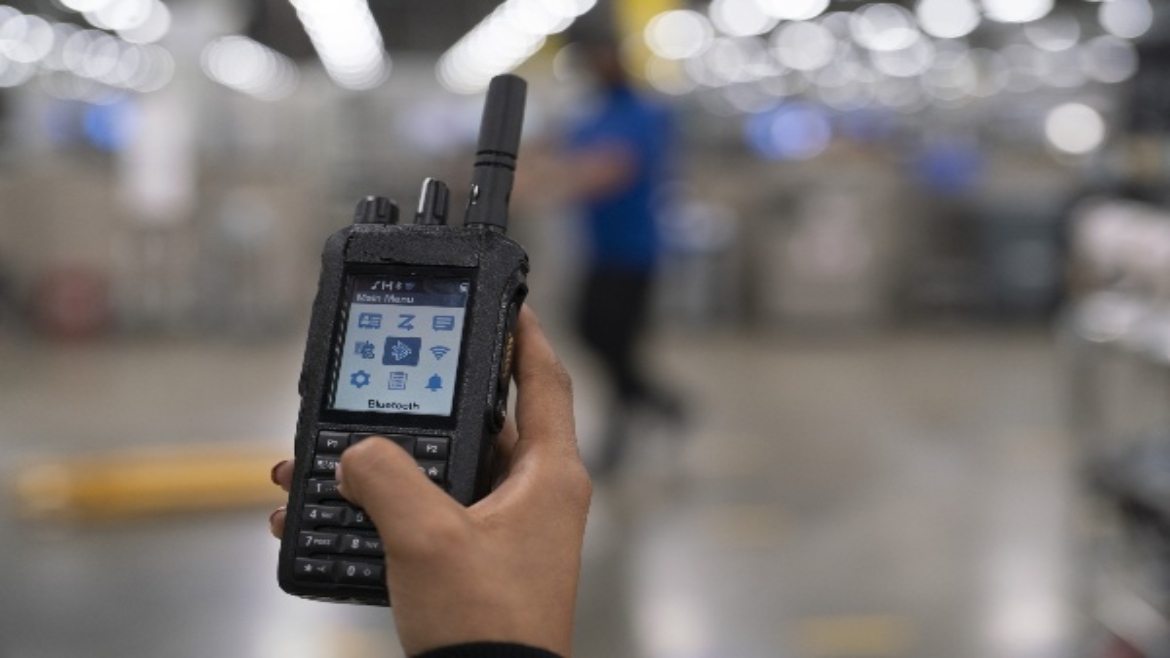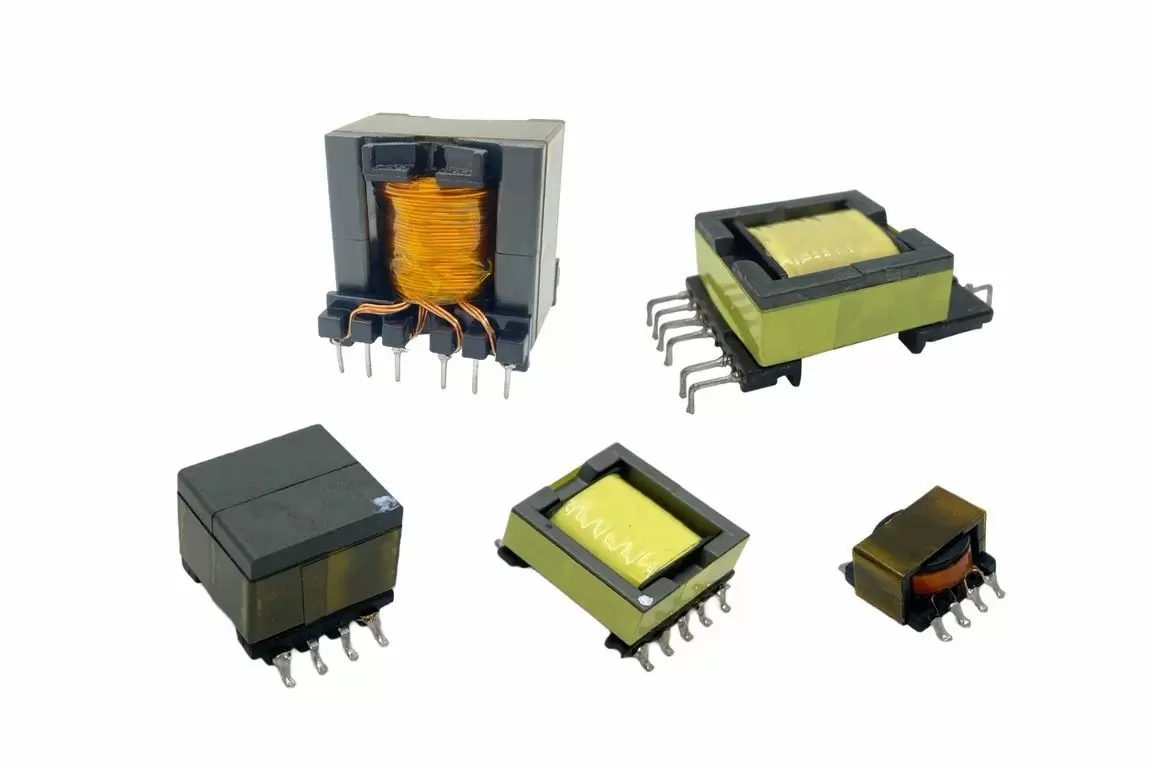In today's fast-paced and interconnected world, radio communication plays a pivotal role in enabling seamless connectivity across various industries. From emergency services and aviation to telecommunications and broadcasting, radio communication has revolutionized the way we communicate and exchange information. This article explores the diverse applications of radio communication in modern society, highlighting its significance and impact.
- Enhancing Public Safety and Emergency Response:
Radio communication is crucial for public safety agencies, such as police, fire departments, and emergency medical services. It enables real-time communication between first responders, facilitating coordinated efforts during emergencies. With the ability to transmit voice and data over long distances, radio communication ensures effective communication even in remote or disaster-stricken areas, where other forms of communication may be unreliable or unavailable. - Enabling Efficient Air Traffic Control:
The aviation industry heavily relies on radio communication for safe and efficient air traffic control. Pilots and air traffic controllers use radio frequencies to exchange critical information, including flight plans, weather updates, and landing instructions. This real-time communication ensures smooth operations, minimizes the risk of collisions, and enhances overall flight safety. - Empowering Telecommunications:
Radio communication forms the backbone of modern telecommunications networks. Mobile phones, for instance, utilize radio waves to transmit voice and data signals wirelessly. From 2G to 5G networks, radio communication technologies enable fast and reliable wireless connectivity, supporting a wide range of applications, including voice calls, messaging, internet browsing, and multimedia streaming. - Enabling IoT Connectivity:
The Internet of Things (IoT) relies on radio communication to connect and exchange data between various devices and systems. From smart homes and wearable devices to industrial automation and smart cities, radio communication enables seamless connectivity and data transfer. It allows devices to communicate wirelessly, enabling automation, remote monitoring, and control, leading to increased efficiency and improved quality of life. - Facilitating Broadcasting and Entertainment:
Radio broadcasting remains a popular medium for disseminating news, entertainment, and cultural content. Radio stations utilize radio waves to transmit audio signals, reaching a wide audience across different regions. Additionally, advancements in digital radio technologies, such as Digital Audio Broadcasting (DAB) and Internet radio, have expanded the possibilities for delivering high-quality audio content and personalized listening experiences.
Conclusion:
Radio communication continues to be a vital technology that underpins various industries and enables efficient and reliable communication. From enhancing public safety and emergency response to enabling seamless connectivity in telecommunications and IoT, radio communication has transformed the way we communicate and exchange information. As technology continues to evolve, radio communication will undoubtedly play a crucial role in shaping the future of connectivity and communication.




